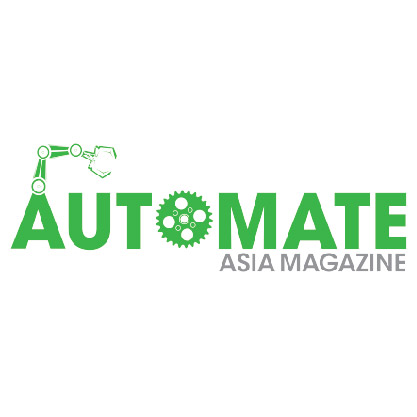Roadmap needed for construction technology 4.0
- Automate Asia Magazine

- Mar 11, 2020
- 3 min read
THE construction industry is starting to see the impact of Industry 4.0 in terms of advances in technology in areas such as building information modelling (BIM), drone technology, industrialised building system (IBS) and green building construction.
BIM is a modelling technology associated with a set of processes to produce, communicate, analyse and use digital information models throughout the life cycle of a construction project. It is an intelligent 3D model-based process that gives architecture, engineering and construction professionals an insight and tools to more efficiently plan, design, construct and manage buildings and infrastructure.
The use of drone technology in surveying has expedited the ground survey process in site mapping, providing ground contouring surveys as well as drone overview image detailing. In construction site monitoring, the use of drone technology has numerous advantages. It reduces the need for engineers to visit sites and also increases the frequency of location checking.
IBS is a technique of construction whereby components are manufactured in a controlled environment either on site or off site, before being placed and assembled in the construction area. The Huoshenshan Hospital in China, an emergency speciality field hospital constructed in less than two weeks (from Jan 23 to Feb 2,2020) in response to the Wuhan coronavirus outbreak, is an excellent example of IBS technology.
Green building construction, where buildings are designed to have a low carbon footprint, reduces impact on the environment and enhances the indoor surroundings, improving the social well-being of the occupants. Buildings constructed with this technology are of higher standards and would perform better throughout their life cycle.
However, the construction industry is faced with challenges in moving towards Industry 4.0, including lack of awareness particularly for Construction 4.0 technology, absence of a comprehensive policy and incentives and mismatch of skill sets.
Generally, there is still a misperception that the adoption of new construction technologies will have cost implications. However, improvements in efficiency and productivity as well as manpower reduction and time saving will eventually add value and enhance construction projects.
The Government National Policy on Industry 4.0 (Industry4WRD) focuses only on the manufacturing sector. Hence, there is an urgent need for the government to formulate a roadmap and national policy to provide a clear direction for construction and building industry players.
The formulation of the Construction Industry 4.0 Technology Policy and Roadmap should involve all the relevant stakeholders such as Malaysia Board of Technology (MBOT), Board of Engineers, Malaysia (BEM), Construction Industry Development Board (CIDB) as well as professional bodies such as The Institution of Engineers Malaysia (IEM), Technological Association Malaysia (TAM), Malaysia Institute of Architects (PAM) and Master Builders Association Malaysia (MBAM).
The government can facilitate the transition to Construction Industry 4.0 technology by providing a comprehensive programme to help players in the construction industry to assess their capabilities and readiness to adopt Industry 4.0 technologies and processes. The government should also provide funding and incentives for the adoption of Construction Industry 4.0 technology.
There is currently a mismatch of skill sets among the construction workforce, including the professionals. This needs to be corrected before they can move to Construction Industry 4.0 technology. Professional Bodies such as IEM and TAM can play a role to facilitate and provide training to enhance the knowledge of the construction workforce towards adopting Construction Industry 4.0 technology.
The construction industry must thoroughly consider the evolving needs of the industry in end-to-end project management to draw on emerging technologies. The only way to achieve this is to embrace technology and productivity-enhancing innovations to improve decision-making and work procedures. Those who do not adopt Construction Industry 4.0 technology risk facing a Kodak moment, where they suddenly find that their processes are no longer needed and a competitor has redefined the product and the industry.
Source: https://www.thestar.com.my/





-01.jpg)


